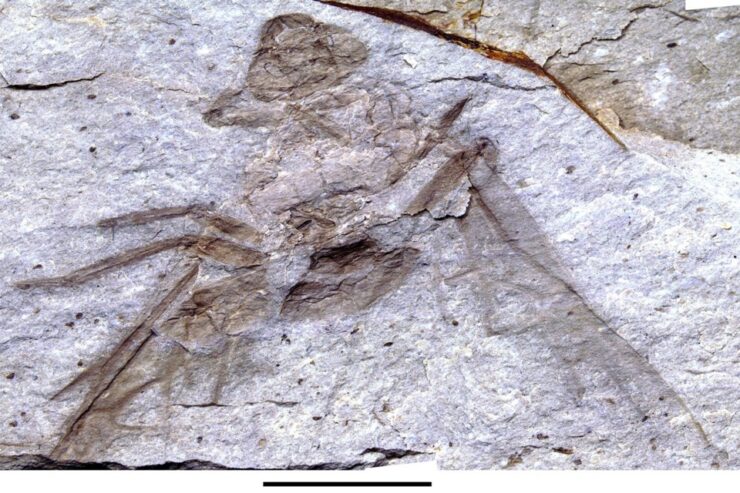The fossil of a huge, ancient ant, the first of its kind to be found in Canada, was uncovered by a Princeton woman, and her discovery has raised fresh research queries.
A massive fossil discovered by Beverley Burlingame, according to experts at Simon Fraser University, is millions of years old and is raising concerns about how ancient big insects traversed the globe.
This is the first instance of the extinct species Titanomyrma being discovered in Canada. Bruce Archibald and Rolf Mathewes, two SFU paleontologists, claim that the fossil depicts a massive queen ant with “the body bulk of a wren and a wingspan of half a foot.”
Research on the fossil by Archibald, Mathewes, and Arvid Aase of the Wyoming’s Fossil Butte National Monument has finally been published.
“This ant and the new fossil from British Columbia are close in age to other Titanomyrma fossils that have been long known in Germany and England,” says Archibald.
“This raises the questions of how these ancient insects travelled between continents to appear on both sides of the Atlantic at nearly the same time.”
According to the news of Pique News Magazine, it was previously believed that Titanomyrma ant queens could not migrate to or live in countries like Canada, however historical changes in climate may have contributed to temperatures being warm enough for them to do so. The fossil find demonstrates that they did indeed reside in Canada.
“If it was a smaller species, was it adapted to this region of cooler climate by reduction in size and gigantic species were excluded as we predicted back in 2011? Or were they huge, and our idea of the climatic tolerance of gigantic ants, and so how they crossed the Arctic, was wrong?” says Archibald.
“Understanding how life dispersed among the northern continents in a very different climate 50 million years ago in part explains patterns of animal and plant distribution that we see today,” says Archibald.
“Titanomyrma may also help us better understand how global warming could affect how the distribution of life may change. To prepare for the future, it helps to understand the past … We’ll need to find more fossils. Do our ideas of Titanomyrma’s ecology, and so of this ancient dispersal of life, need revision? For now, it remains a mystery,” he added.
Burlingame, the woman who discovered the fossil, is experienced with them. Burlingame is an ardent collector who frequently brings fossils to the Princeton museum, and occasionally, they turn out to be quite valuable.
